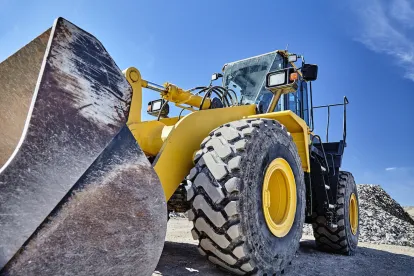Being in a family of construction workers, the COVID-19 crisis has hit hard. My family members, like yours are out of work, seeking unemployment, or their businesses are prevented from thriving.
With COVID-19 not yet reaching its peak, several Construction businesses have been required to halt residential and commercial construction due to the Commonwealth’s ordered shut down. This has left many employees, construction companies, and suppliers struggling to survive. While the City of Philadelphia has taken measures, such as online permitting, in an attempt to allow payments and work to continue in some circumstances, most construction has been halted. However, in other parts of the country, work continues and employees are being put at risk. Recently in North Carolina, a stand down was orchestrated in an effort to address protection of workers and the community.
If you have already stopped construction, or are anticipating doing so, it is important to take a look at how the site was shut down. Below are suggestions, not only to double check your efforts, but also allow for a more seamless and safe return for your workers when construction continues. As you know, each site and business is different and you must look at your site’s specific concerns. The below suggestions therefore, cannot be all-inclusive. Please check your job site conditions as well as your Local and Federal Guidelines.
First, ensure all non-essential utilities such as water, steam, and electric have been shut off and tagged in the proper lock out, tag out manner. Include the contractor’s name, the individual who placed the tag and information to contact the individual and company. There is no guarantee that when work resumes, the individual who locked out the utility will be the person who returns to the job site. If there is an essential utility that is needed, consider maintaining this utility.
Second, temporary lighting should be maintained and illuminated to the extent possible. In addition to lighting, check that all egress whether temporary or permanent remains unobstructed. This may also include the need to look at public sidewalks and traffic control protection. Signage should also be considered, not only warning others of the site conditions or to stay away, but to also provide contact information if there are concerns that need to be addressed at the site. As permitted, or applicable, fencing should also be placed around the construction site in accordance with local and federal guidelines.
Finally, consider weekly inspections to ensure that the measures you put in place, stay in place.
Here are other resources:



 />i
/>i

